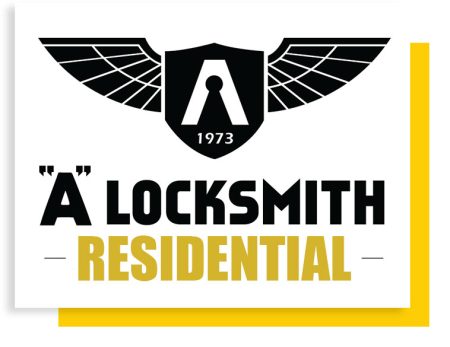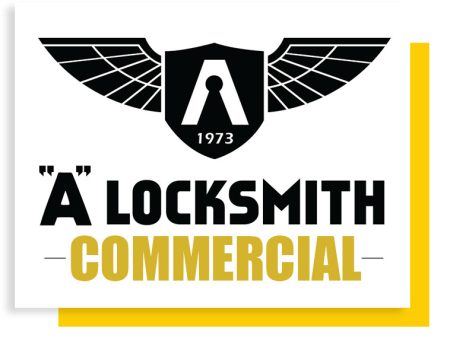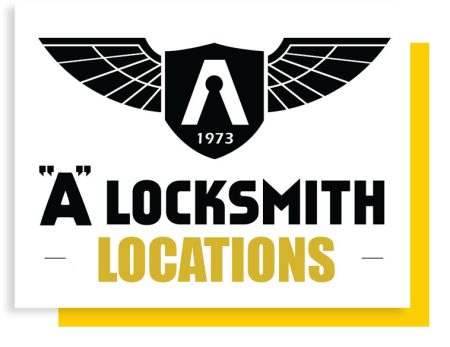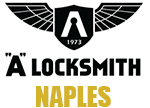Locking Bars vs. Round Bolts in Safes – Which Is More Secure? | “A” Locksmith Naples

Locking Bars vs. Round Bolts in Gun Safes: Which Is More Secure?
When it comes to securing your most valuable possessions, especially firearms, choosing the right safe is about more than fire ratings or fancy finishes. One of the most critical (and often overlooked) security features is the mechanism that actually keeps the safe door shut tight: the locking system. And now, thanks to some bold innovation from Liberty Safe, the conversation is heating up around an important question:
What’s stronger—traditional round bolts or Liberty’s new Military-Style Locking Bars?
At “A” Locksmith in Naples, FL, we’ve helped thousands of families and firearm owners choose the right safe for their home. We also install and service every safe we sell, so we’ve seen firsthand what holds up under pressure—and what doesn’t.
Let’s take a closer look at these two competing technologies and help you decide which is best for your security needs.
What Are Round Bolts?
If you’ve ever opened a high-end safe or watched a heist movie, you’re probably familiar with the iconic round bolts. These shiny chrome cylinders shoot out from the edge of the safe door into the frame, locking the door in place. Most gun safes feature multiple bolts, often 1″ thick or more, arranged along the top, bottom, and sides of the door.
Pros of round bolts:
-
Visually impressive and widely trusted
-
Effective when engineered properly with high-grade steel and deep engagement
-
Used in many traditional American-made safe designs
- Work extremely well at keeping the door shut, but ONLY in high quality UL-rated burglary safes
Cons of round bolts:
-
Cheap manufacturers often tack-weld or screw bolts onto a flimsy bolt bracket, a major design flaw
-
On many imported or budget safes, bolts are short or poorly anchored
-
In pry attacks, the force can concentrate at bolt-to-bracket connections, leading to failure
What Are Liberty Safe’s Military-Style Locking Bars?
Liberty Safe shook up the industry when it introduced its next-generation Military-Style Locking Bars on many of its higher-end models. Unlike round bolts, these locking bars are flat, wide, one-piece steel bars with teeth that slide behind the frame of the safe.
At first glance, they might not look as flashy. But Liberty’s data tells a different story.
In torture testing conducted by Liberty Safe, their Military-Style Locking Bars withstood 15,300 pounds of force—more than 2.5 times the 6,000 pounds that defeated competitor bolt brackets.
Pros of Liberty’s locking bars:
-
Solid single-piece steel construction—no welds or screws means no weak points
-
Greater surface area engaging with the safe’s frame
-
Extended depth into the frame, making pry attacks far more difficult
-
Tested to withstand extreme force well beyond real-world burglary scenarios
Cons of locking bars:
-
A newer technology, that was introduced in 2018 and not yet adopted industry-wide
-
Less visually “classic” than traditional round bolts
Why Does Locking Mechanism Design Matter?
Whether you’re securing firearms, family heirlooms, or legal documents, a safe is only as secure as the connection between the door and the frame. That connection is what keeps burglars from forcing the door open.
Pry attacks, in particular, are one of the most common forms of brute-force safe break-ins. A determined criminal with a crowbar can generate enormous pressure at the point where the door meets the frame. The goal? Bend or snap the locking bolts out of their sockets—or cause the internal bolt bracket to fail.
That’s where Liberty’s Military-Style Locking Bars shine.
Key Security Advantages of Locking Bars:
-
No weak links
Traditional bolts are often spot-welded or screwed into a bracket that runs along the inside of the door. Under force, those attachment points are the first to go. Liberty’s locking bars? Forged from one solid piece of steel. -
Deeper engagement
Many cheap safe bolts barely penetrate the frame, offering the illusion of security. Liberty’s locking bars reach deep into reinforced pockets behind the frame, creating a solid metal-on-metal secure frame around the door making it dramatically harder, if not impossible to force the door open using pry methods. -
Wider surface area
A single locking bar has more steel contacting the frame than a round bolt, which helps distribute force and resist prying or torque-based attacks.
Is This a Gimmick or the Future of Safe Design?
We’re not here to bash traditional round bolt systems. In fact, we still highly recommend quality American-made safes that use round bolts with great success. When properly designed—with thick steel, reinforced bolt brackets, and deep engagement—round bolts offer excellent security and reliability. Liberty’s innovation, however, marks a turning point in the industry.
As security needs evolve and burglars become more resourceful, safe design must adapt. Liberty Safe took a data-driven approach, built a better system, and proved it through testing.
To generate 15,000 lbs of pulling force on a safe door, a criminal would need industrial-grade tools and a whole lot of time, which they don’t have if your safe is bolted to the ground. But as far as design superiority goes, Liberty’s locking bars are undeniably strong.
Real-World Testing: The Torture Test
Want to see the difference for yourself? Watch Liberty Safe’s side-by-side torture test:
🎥 Watch the Bolt vs. Bar Torture Test
You’ll see exactly how much pressure it takes to bend or break each locking mechanism. Spoiler alert: The round bolts fail much sooner.
A Word on Quality (and Why We Don’t Sell Junk Safes)
At “A” Locksmith, we’ve been installing, delivering, and servicing safes in Southwest Florida for over 50 years. We’re picky about what we sell—and even pickier about what we recommend to you. That’s why we carry quality safes from Liberty Safe and other American-made brands that meet our high standards for construction, materials, warranty, and long-term durability.
Not all locking systems are created equal.
You’ll find plenty of cheap, shiny-looking safes online or at big-box retailers. Many of them use round bolts that appear solid but are mounted to thin brackets or use short bolts that barely anchor to the frame. When you actually pry test them—or worse, need them in a real emergency—they fail fast.
That’s why we encourage our customers to come into our showroom, open up some safes, and see the difference in design.
Final Verdict: Locking Bars vs. Bolts
| Feature | Liberty Locking Bars | Traditional Round Bolts |
|---|---|---|
| Construction | One solid steel piece | Often tack-welded or screwed on |
| Weak points | Thickness of steel bar | At bracket attachment points |
| Surface area engaging frame | Wide, flat steel surface | Small circular contact points |
| Depth of engagement | Deep into safe frame | Varies by brand/model |
| Resistance to pry attacks | Over 15,000 lbs of pressure | Often fails at ~6,000 lbs |
| Aesthetic appeal | Modern, functional look | Classic, “vault” appearance |
Shop the Most Secure Safes in Naples
Whether you’re safeguarding firearms, jewelry, cash, or documents, your safe’s locking system is one of the most important features to evaluate.
If you want the latest in high-security innovation, Liberty’s Military-Style Locking Bar system is a smart investment—and it’s now standard on their top models.
🛡 Visit us in Naples to see these locking bars in action:
📍 North Naples Showroom – 9051 Tamiami Tr N
📍 City of Naples Showroom – 2612 Tamiami Tr N
🗝️ Want help choosing the right safe? Our security experts are here to help you find the best protection for your home, your family, and your peace of mind.







